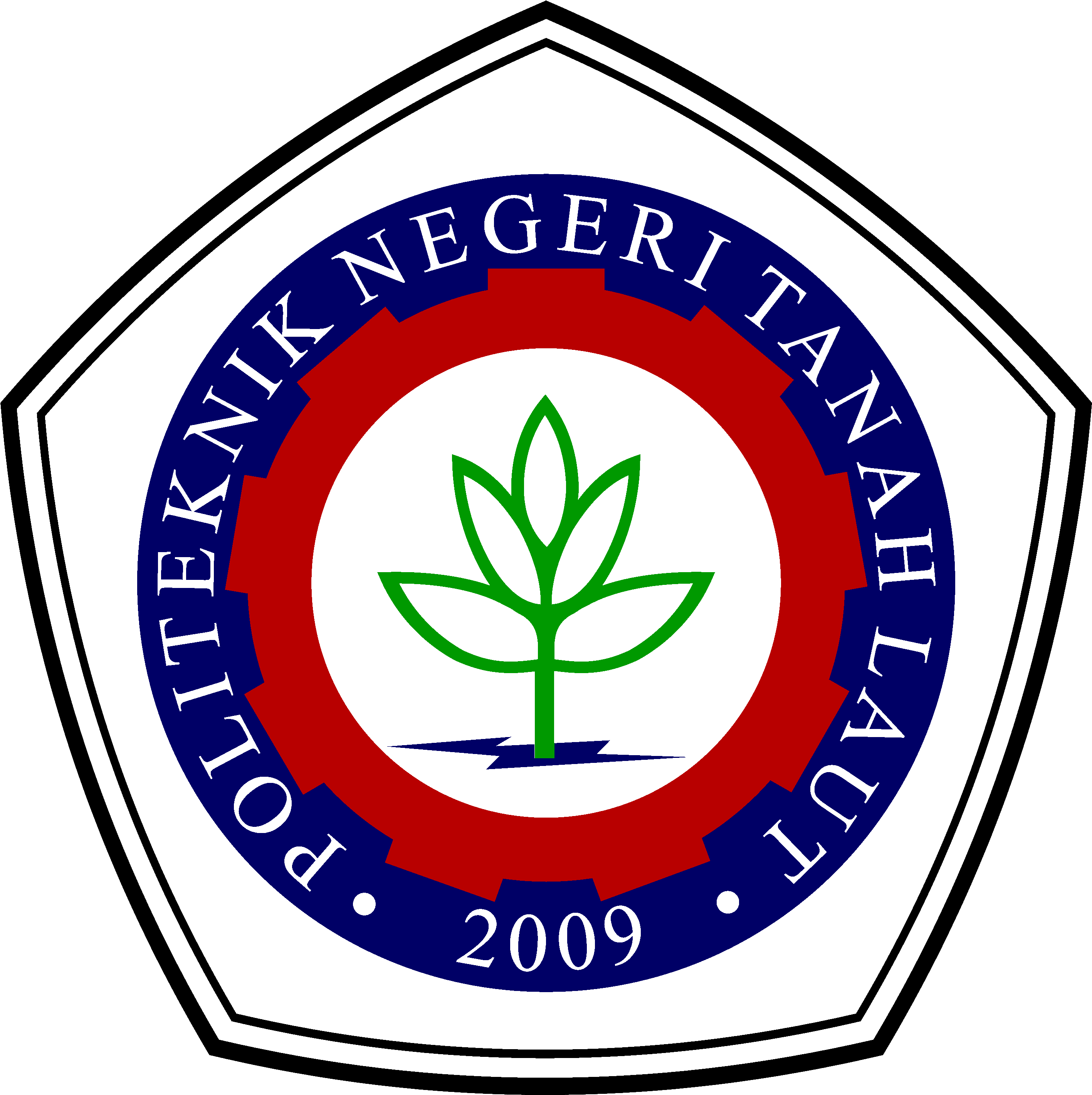PENGARUH VARIASI ARUS PENGELASAN SMAW TERHADAP KEKERASAN LOGAM INDUK DAN LOGAM LAS
DOI:
https://doi.org/10.34128/je.v7i2.148Keywords:
SMAW, Kuat Arus, Kekerasan logam las, HAZAbstract
Construction of substantial components in a building, both static and dynamic, is the construction that is supported by connection elements. The connection element serves to connect one structure to another. Welding is a metal joining method that takes advantage of the penetration of heat or heat produced. The problem of selecting the type of current (Amper) also determines the amount of heat input required in metal melting. This study aims to present the trend of the hardness of the joints (weld metal and parent metal) to changes in current strength, which in this case is represented by the hardness factor caused by welding temperature. The method used is the experimental method, which is supported by the SMAW welding method and hardness testing on HAZ and weld metal using the Rockwell HRD-150 type hardness tester. The results showed that the average hardness value of ST 37 steel raw material obtained from the test results was 48.6 HRB. The hardness value of the weld metal for the welding process 70 Ampere, 90 Ampere, and 110 Ampere is lower than the hardness value of the raw material. Based on these conditions, there was an increase in the HAZ hardness value in all specimens for the 110 Ampere welding process with a hardness value of 50.2 HRB or 1.9% compared to the raw material hardness value.
References
[2] Paradowska, A.M; Price, J.W.H; Ibrahim, R; Finlayson, T.R. 2006. The effect of heat input on residual stress distribution of steel welds measured by neutron diffraction. Journal of Achievements in Materials and Manufacturing Engineering. 385. Dikunjungi 14 Oktober 2009.
[3] Budiarsa, I.N. 2008. Pengaruh besar arus pengelasan dan kecepatan volume alir gas pada proses las GMAW terhadap ketangguhan aluminium 5083. Jurnal Ilmiah Teknik Mesin CAKRAM vol.2 No.2. 112 – 116. Dikunjungi 7 November 2009.




